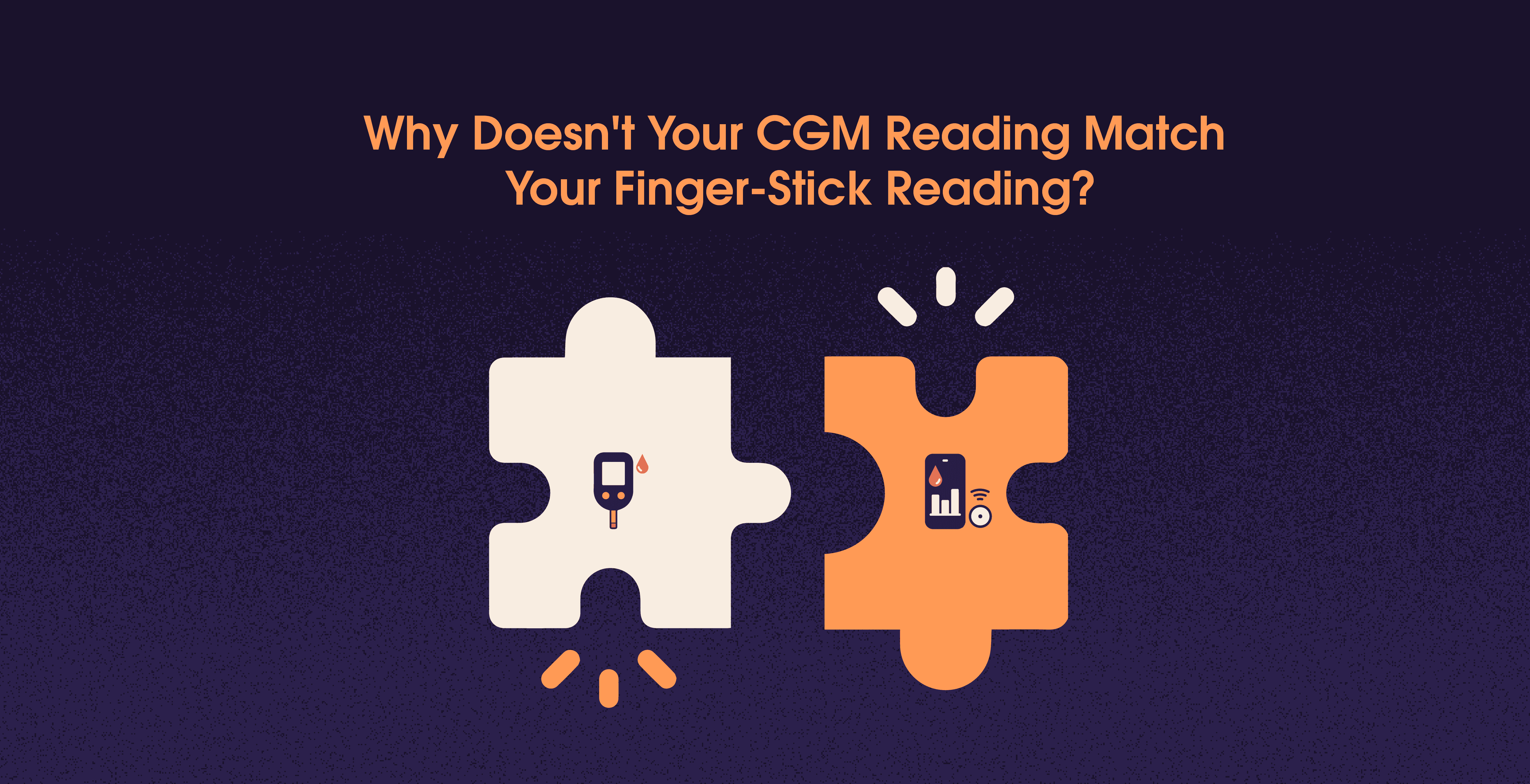Here’s What a CGM Can (and Can’t) Tell You About Your Diet
Oct 7, 2024
Sayfali Rawlani
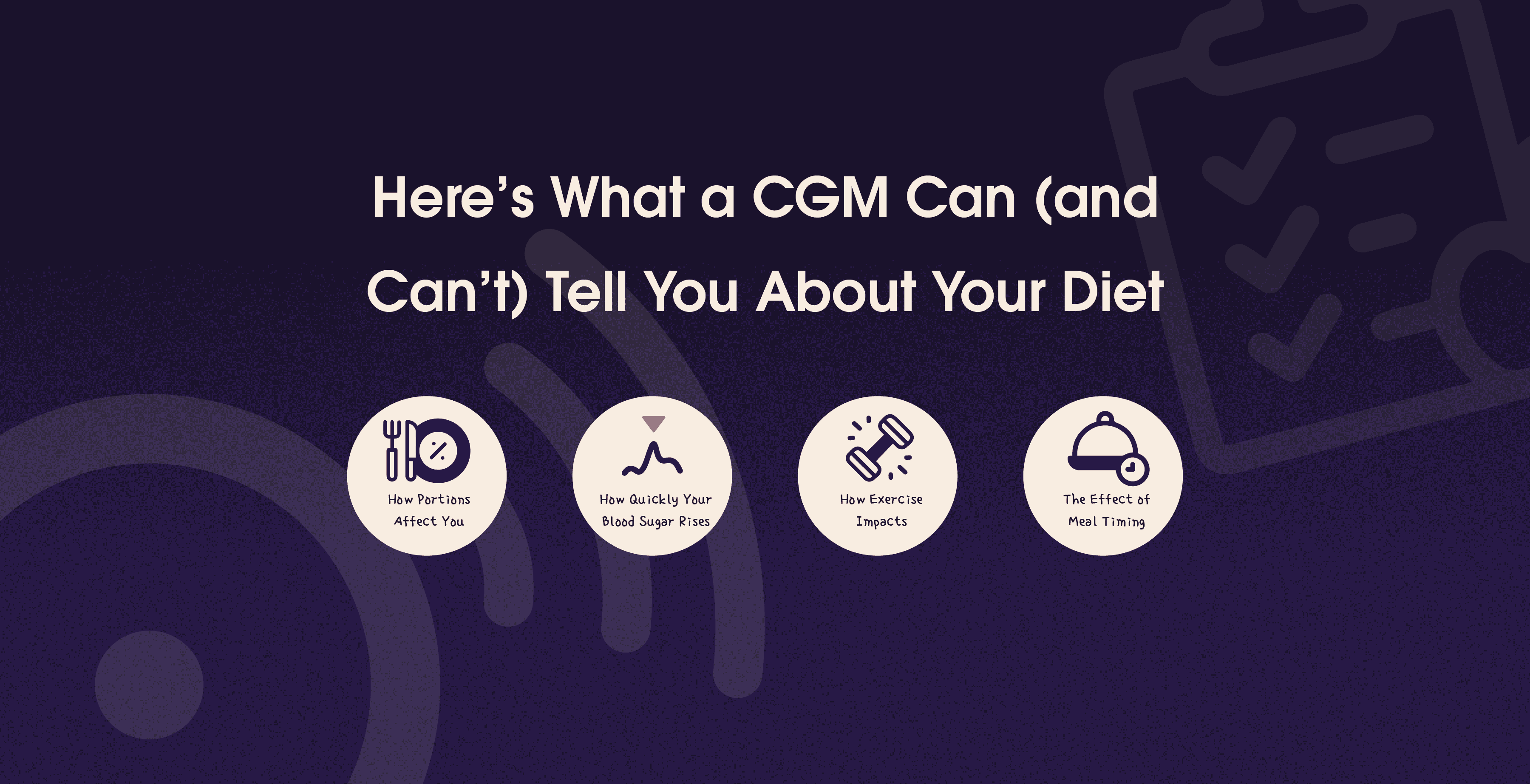


Table Of Contents
Have you ever wondered how the food you eat affects your body, especially when it comes to your blood sugar levels? That’s where a Continuous Glucose Monitor (CGM) comes in. These small, wearable devices have become popular for people who want to keep a close eye on their blood sugar levels throughout the day. Whether you're managing diabetes, pre-diabetes, or just curious about how your diet influences your health, a CGM can be a really handy tool.
But while CGMs can give you some pretty amazing insights, they also have their limitations. Let’s walk through what a CGM can—and can’t—tell you about your diet in a straightforward, everyday way.
Highlights
A CGM is a small device that tracks blood sugar levels in real-time, giving insights into how food, exercise, and other factors affect glucose levels.
It can show how specific foods impact blood sugar, how fast levels rise, and how portion sizes and meal timing affect glucose stability.
A CGM can also demonstrate the effects of physical activity, helping you manage blood sugar through exercise.
However, it doesn't tell you exactly what to eat, provide nutrient information, or predict long-term health outcomes.
It can’t explain emotional or stress-related changes in blood sugar or show how hormones affect glucose levels.
To get the most from a CGM, it’s helpful to keep a food diary and consult with a healthcare professional to interpret the data properly.
While CGMs are useful for real-time tracking, they are just one part of managing overall health and diet.
So, What Exactly is a CGM?
First, let’s start with the basics. A CGM is a tiny device that sticks to your skin (usually on your arm or stomach) and tracks your blood sugar levels in real-time. The best part? You don’t have to deal with constant finger pricking! The sensor collects data 24/7, sending it straight to an app on your phone or a handheld device, so you can see how your blood sugar reacts to everything you do, from eating meals to exercising or even sleeping.
What a CGM Can Tell You About Your Diet
How Specific Foods Affect Your Blood Sugar
Ever had a meal and wondered, “How did that affect my body?” A CGM answers that question! It shows you exactly how different foods cause your blood sugar to rise or fall. For instance, you might notice that a slice of cake causes a quick spike, while a bowl of oatmeal leads to a slower, more steady increase. This is super helpful because you can start making better choices based on how foods impact your blood sugar.
How Quickly Your Blood Sugar Rises
CGMs don’t just tell you how high your blood sugar goes, but also how fast it happens. For example, sugary snacks like candy or soft drinks might cause a sharp spike, while a meal rich in protein or fiber might keep things more even. Knowing this helps you choose foods that don’t cause those sudden highs and lows.
How Portions Affect You
A big plate of pasta might send your blood sugar soaring, while a smaller portion could have a more manageable effect. With a CGM, you can track how different serving sizes affect your glucose levels, giving you real insight into portion control. This can make a huge difference in how you plan your meals.
How Exercise Impacts Your Blood Sugar
Ever wondered how your daily walk or workout affects your blood sugar? A CGM shows you exactly that! After a meal, your blood sugar might spike, but a quick stroll could help bring it back down. Seeing this in real time helps you understand the importance of physical activity in balancing your blood sugar.
The Effect of Meal Timing
Timing can be everything. A CGM can reveal how eating late at night might keep your blood sugar high while you sleep or how skipping breakfast might lead to a drop later in the day. This lets you experiment with when you eat to find what works best for your body.
What a CGM Can’t Tell You About Your Diet
It Won’t Tell You What to Eat
While a CGM can show you how certain foods impact your blood sugar, it won’t give you a list of what to eat or avoid. For instance, it might show you that a banana causes a moderate increase, but it won’t suggest alternatives. You’ll need to combine the CGM’s data with your own knowledge (or advice from a dietitian) to make the best choices.
It Doesn’t Track Nutrients
A CGM focuses on blood sugar, so it doesn’t tell you anything about the nutrients in your food—like how much protein, fat, fiber, or vitamins you’re getting. It might show that your blood sugar stays stable after a certain meal, but it won’t tell you whether that meal had enough nutrients to fuel your body.
It Won’t Predict Long-Term Health
While a CGM can give you real-time data on your blood sugar, it can’t predict the long-term effects of your diet. For example, just because a certain food doesn’t cause a major blood sugar spike doesn’t mean it’s good for your heart or overall health. It’s important to look at the bigger picture, beyond just blood sugar control.
It Can’t Explain Why Stress Affects Your Blood Sugar
Did you know stress can make your blood sugar go up? A CGM might show a rise in glucose during a stressful situation, but it can’t tell you why it’s happening. Emotional factors like stress or lack of sleep can affect your blood sugar, and while the CGM captures the changes, it doesn’t give you the full story behind them.
It Won’t Show Hormonal Effects
Your body’s hormones also play a big role in blood sugar regulation, and while a CGM tracks glucose levels, it doesn’t explain what your hormones are doing behind the scenes. Hormones like insulin and cortisol can affect how your body processes sugar, but a CGM won’t break that down for you.
How to Make the Most of Your CGM
To get the best results from using a CGM, it’s important to pair the data with other tools. Keeping a food diary alongside your CGM readings can help you make sense of the numbers. For example, if you see a spike in blood sugar, you can look at your diary to figure out what food caused it. Over time, you’ll start to see patterns and can make changes that fit your unique needs.
And if you’re using a CGM to manage a health condition like diabetes, don’t go it alone—working with a healthcare professional can help you interpret the data and make more informed decisions about your diet and lifestyle.
Wrapping It Up
Ultimately, a CGM is a fantastic tool for understanding how your diet affects your blood sugar. It can show you which foods and habits keep your glucose levels steady and which ones might lead to big swings. However, it’s not a complete solution—it won’t tell you what to eat, track your nutrients, or explain the full picture of your health.
But when you combine the insights from a CGM with a balanced approach to nutrition and lifestyle (and some help from a healthcare professional if needed), you’ll have a much better idea of what’s working for your body—and what’s not.
References
Have you ever wondered how the food you eat affects your body, especially when it comes to your blood sugar levels? That’s where a Continuous Glucose Monitor (CGM) comes in. These small, wearable devices have become popular for people who want to keep a close eye on their blood sugar levels throughout the day. Whether you're managing diabetes, pre-diabetes, or just curious about how your diet influences your health, a CGM can be a really handy tool.
But while CGMs can give you some pretty amazing insights, they also have their limitations. Let’s walk through what a CGM can—and can’t—tell you about your diet in a straightforward, everyday way.
Highlights
A CGM is a small device that tracks blood sugar levels in real-time, giving insights into how food, exercise, and other factors affect glucose levels.
It can show how specific foods impact blood sugar, how fast levels rise, and how portion sizes and meal timing affect glucose stability.
A CGM can also demonstrate the effects of physical activity, helping you manage blood sugar through exercise.
However, it doesn't tell you exactly what to eat, provide nutrient information, or predict long-term health outcomes.
It can’t explain emotional or stress-related changes in blood sugar or show how hormones affect glucose levels.
To get the most from a CGM, it’s helpful to keep a food diary and consult with a healthcare professional to interpret the data properly.
While CGMs are useful for real-time tracking, they are just one part of managing overall health and diet.
So, What Exactly is a CGM?
First, let’s start with the basics. A CGM is a tiny device that sticks to your skin (usually on your arm or stomach) and tracks your blood sugar levels in real-time. The best part? You don’t have to deal with constant finger pricking! The sensor collects data 24/7, sending it straight to an app on your phone or a handheld device, so you can see how your blood sugar reacts to everything you do, from eating meals to exercising or even sleeping.
What a CGM Can Tell You About Your Diet
How Specific Foods Affect Your Blood Sugar
Ever had a meal and wondered, “How did that affect my body?” A CGM answers that question! It shows you exactly how different foods cause your blood sugar to rise or fall. For instance, you might notice that a slice of cake causes a quick spike, while a bowl of oatmeal leads to a slower, more steady increase. This is super helpful because you can start making better choices based on how foods impact your blood sugar.
How Quickly Your Blood Sugar Rises
CGMs don’t just tell you how high your blood sugar goes, but also how fast it happens. For example, sugary snacks like candy or soft drinks might cause a sharp spike, while a meal rich in protein or fiber might keep things more even. Knowing this helps you choose foods that don’t cause those sudden highs and lows.
How Portions Affect You
A big plate of pasta might send your blood sugar soaring, while a smaller portion could have a more manageable effect. With a CGM, you can track how different serving sizes affect your glucose levels, giving you real insight into portion control. This can make a huge difference in how you plan your meals.
How Exercise Impacts Your Blood Sugar
Ever wondered how your daily walk or workout affects your blood sugar? A CGM shows you exactly that! After a meal, your blood sugar might spike, but a quick stroll could help bring it back down. Seeing this in real time helps you understand the importance of physical activity in balancing your blood sugar.
The Effect of Meal Timing
Timing can be everything. A CGM can reveal how eating late at night might keep your blood sugar high while you sleep or how skipping breakfast might lead to a drop later in the day. This lets you experiment with when you eat to find what works best for your body.
What a CGM Can’t Tell You About Your Diet
It Won’t Tell You What to Eat
While a CGM can show you how certain foods impact your blood sugar, it won’t give you a list of what to eat or avoid. For instance, it might show you that a banana causes a moderate increase, but it won’t suggest alternatives. You’ll need to combine the CGM’s data with your own knowledge (or advice from a dietitian) to make the best choices.
It Doesn’t Track Nutrients
A CGM focuses on blood sugar, so it doesn’t tell you anything about the nutrients in your food—like how much protein, fat, fiber, or vitamins you’re getting. It might show that your blood sugar stays stable after a certain meal, but it won’t tell you whether that meal had enough nutrients to fuel your body.
It Won’t Predict Long-Term Health
While a CGM can give you real-time data on your blood sugar, it can’t predict the long-term effects of your diet. For example, just because a certain food doesn’t cause a major blood sugar spike doesn’t mean it’s good for your heart or overall health. It’s important to look at the bigger picture, beyond just blood sugar control.
It Can’t Explain Why Stress Affects Your Blood Sugar
Did you know stress can make your blood sugar go up? A CGM might show a rise in glucose during a stressful situation, but it can’t tell you why it’s happening. Emotional factors like stress or lack of sleep can affect your blood sugar, and while the CGM captures the changes, it doesn’t give you the full story behind them.
It Won’t Show Hormonal Effects
Your body’s hormones also play a big role in blood sugar regulation, and while a CGM tracks glucose levels, it doesn’t explain what your hormones are doing behind the scenes. Hormones like insulin and cortisol can affect how your body processes sugar, but a CGM won’t break that down for you.
How to Make the Most of Your CGM
To get the best results from using a CGM, it’s important to pair the data with other tools. Keeping a food diary alongside your CGM readings can help you make sense of the numbers. For example, if you see a spike in blood sugar, you can look at your diary to figure out what food caused it. Over time, you’ll start to see patterns and can make changes that fit your unique needs.
And if you’re using a CGM to manage a health condition like diabetes, don’t go it alone—working with a healthcare professional can help you interpret the data and make more informed decisions about your diet and lifestyle.
Wrapping It Up
Ultimately, a CGM is a fantastic tool for understanding how your diet affects your blood sugar. It can show you which foods and habits keep your glucose levels steady and which ones might lead to big swings. However, it’s not a complete solution—it won’t tell you what to eat, track your nutrients, or explain the full picture of your health.
But when you combine the insights from a CGM with a balanced approach to nutrition and lifestyle (and some help from a healthcare professional if needed), you’ll have a much better idea of what’s working for your body—and what’s not.
References
Table Of Contents
Table Of Contents
Table Of Contents
Read More
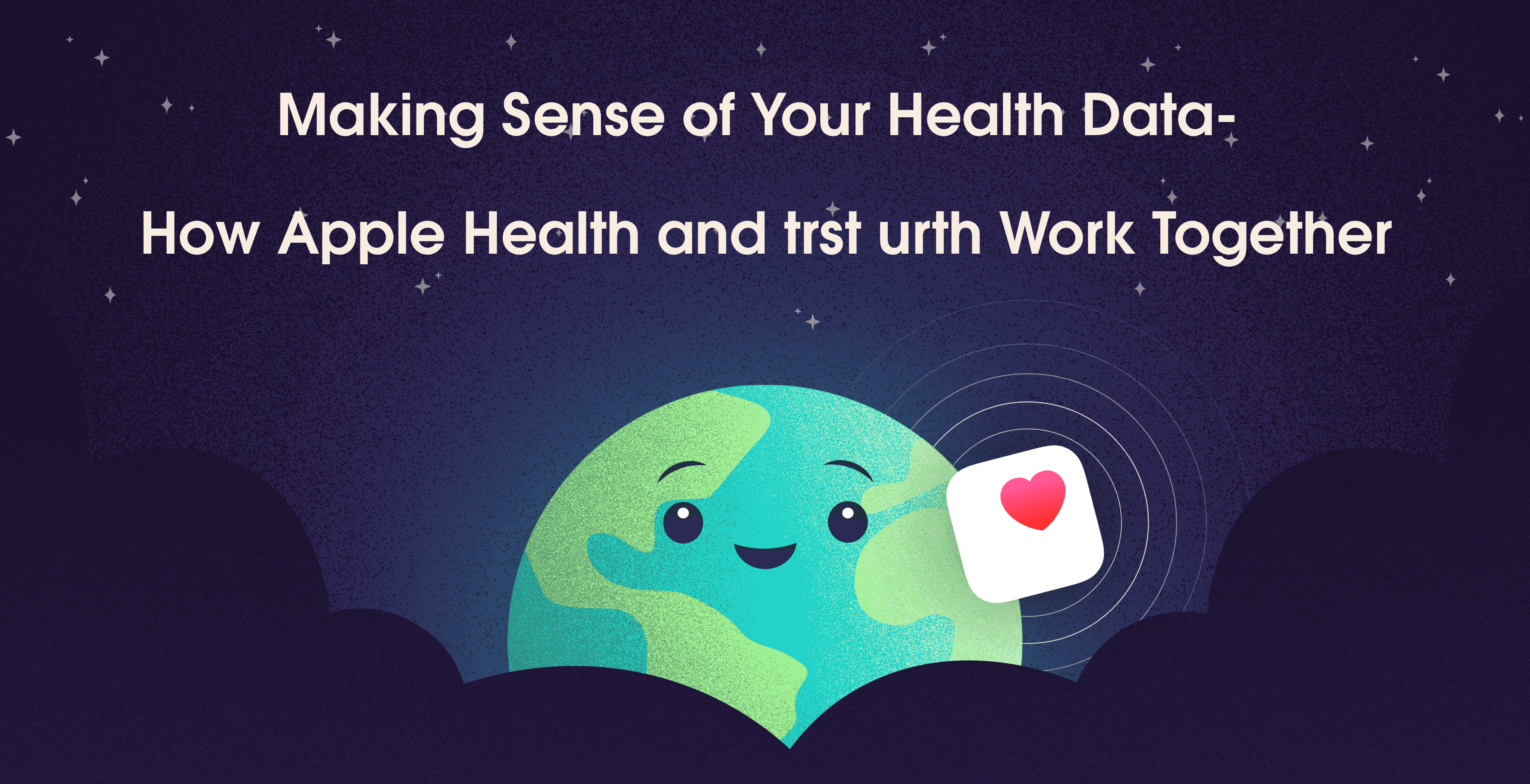

Feb 3, 2025
Aparna Hurtis
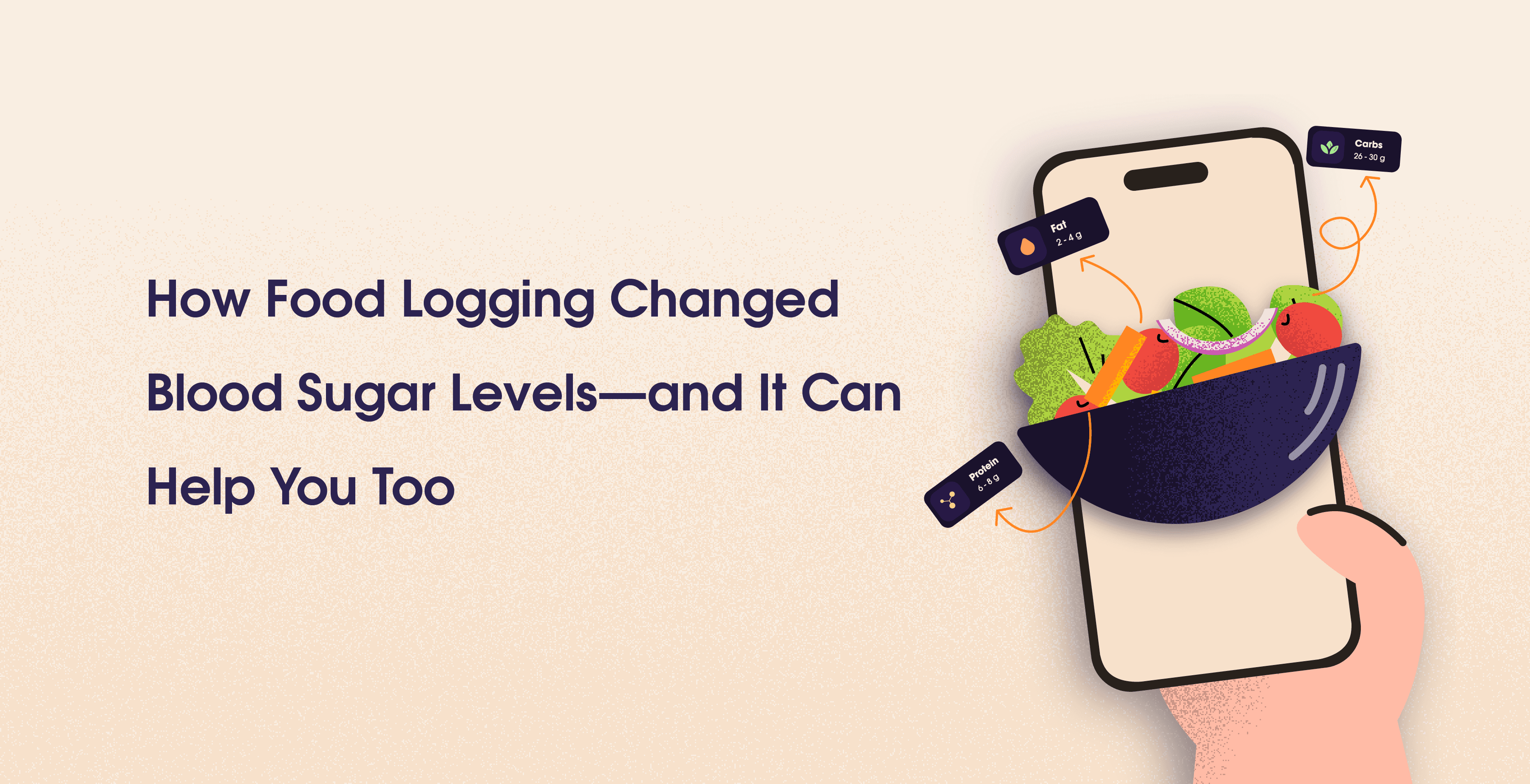

Oct 16, 2024
Sayfali Rawlani
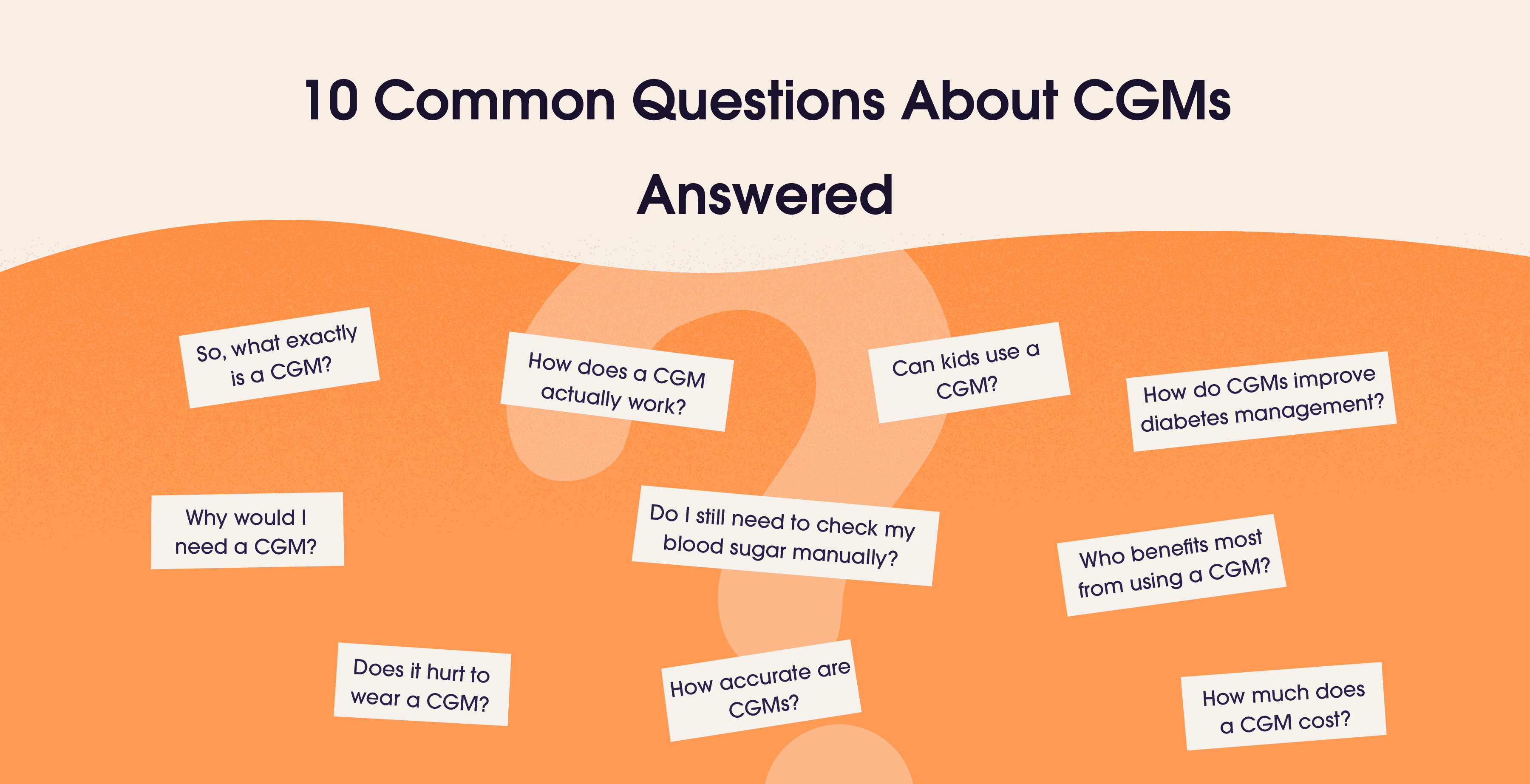

Oct 9, 2024
Sayfali Rawlani



Company
Copyright © 2025 trst health. All right reserved.

